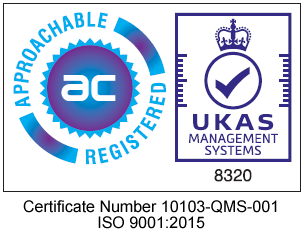10 Common Hazards On Farms
Discover the services we offer at ACS below
Farming requires a lot of work. A normal day entails hard work for a prolonged period in potentially difficult circumstances. While machines and other innovations have simplified some farm tasks, there are risks associated with current technologies and methods.
One of the riskiest professions is farming. Heavy machinery, heights, hazardous chemicals, and other risks are among the major hazards for farm workers. We shall discuss several typical farm risks in this blog.
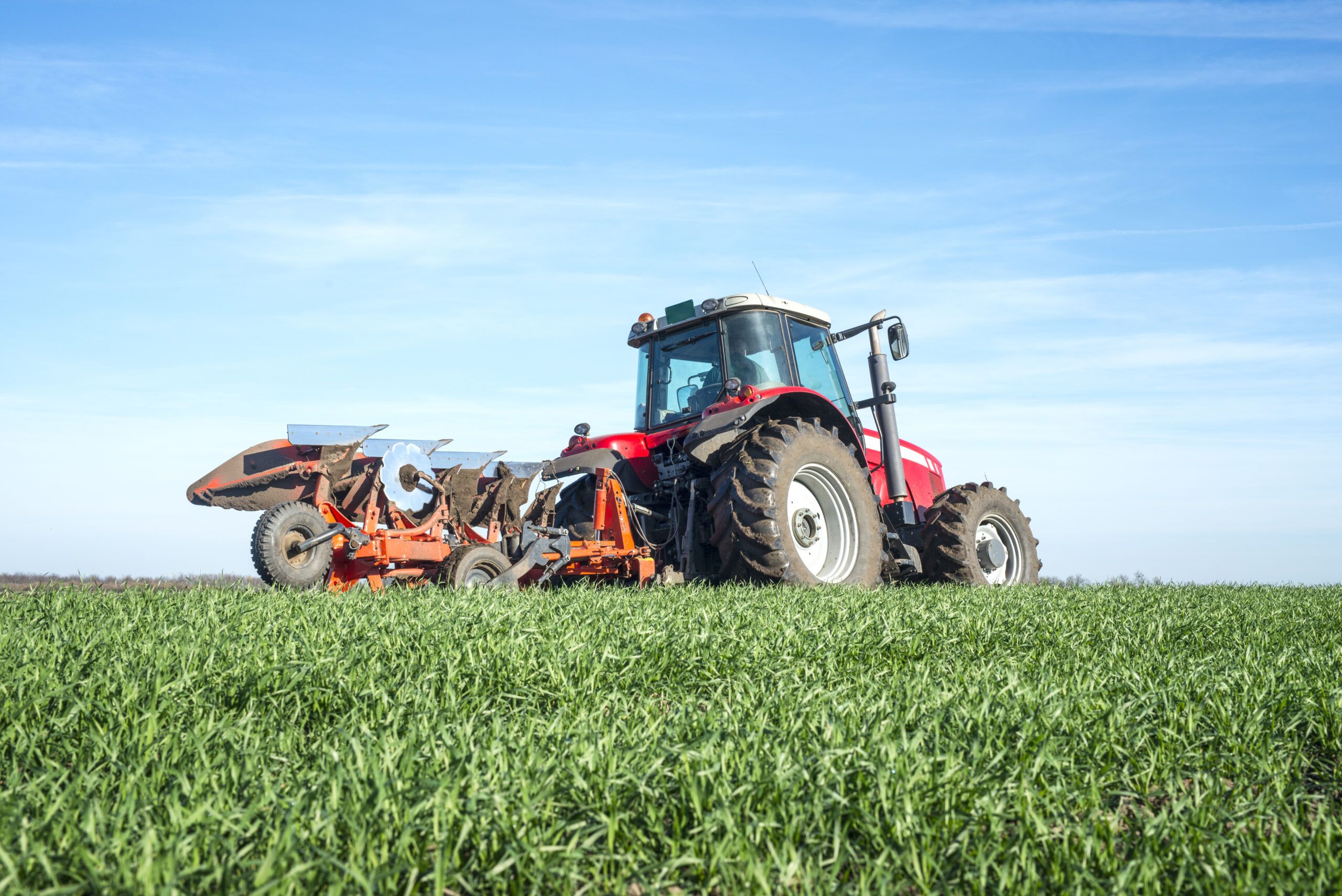
1. Tractor Incidents
Tractors and other large equipment that tips over can trap workers underneath. As a result, the tractor driver and people nearby risk being crushed when tens of thousands of pounds fall to the side in an overturning disaster.
Broken bones, extensive bleeding, and organ damage are some examples of crush injuries that can happen in tractor incidents. Additionally, victims may experience compartment syndrome, a condition in which the pressure inside damaged tissue increases. Without prompt medical care, the wounded area’s muscles and nerves risk dying.
2. Burns
There are many combustible materials on farms. These include gas produced by manure, fuel for machinery, and dust from harvesting and storing grain. Fires and explosions may happen if these materials come into contact with an ignition source.
Significant burns can result in permanent loss of mobility, feeling, and other things, in addition to pain and damage.

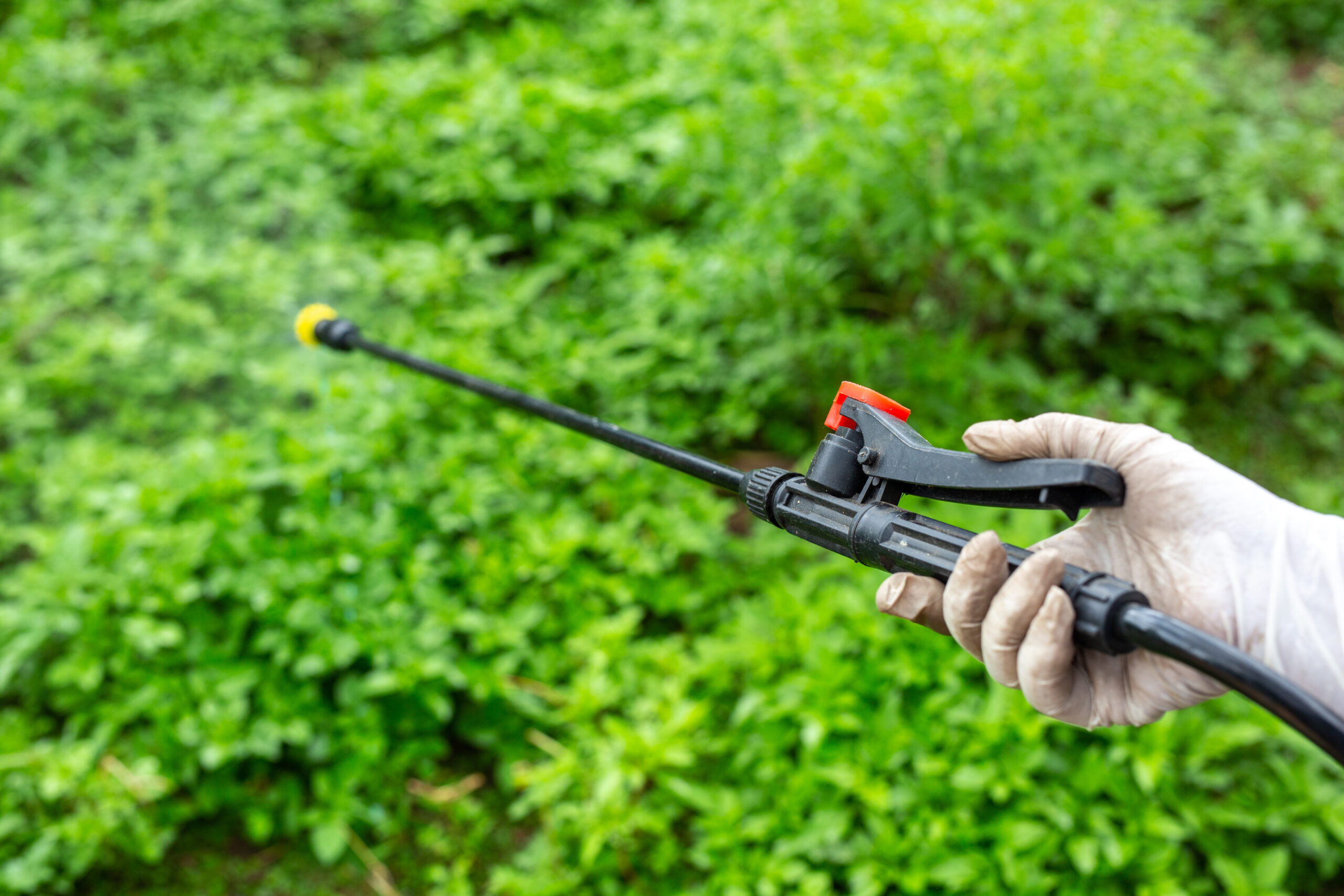
3. Chemical Exposure
Several commercial farms widely employ chemicals to kill weeds and insects. However, unfortunately, the administration of these poisons harms more than just unwelcome insects and vegetation.
Pesticide and herbicide exposure for a brief period might irritate the skin, eyes, nose, mouth, and sometimes the airways. However, workers and even those who live close to the farm may be at risk for cancer and other serious illnesses due to prolonged exposure to small amounts of pollutants.
4. Animal Damage
Animal behaviour can vary greatly. If workers do not take enough precautions, they could get hurt by cows, horses, or even dogs. On farms, the following are a few of the most typical animal-related injuries:
Animal kicks: A horse or cow kick can cause severe brain injuries, thoracic injuries, and groin injuries.
Trampling: If they are frightened, cattle, horses, and even goats and pigs may charge. Their hooves can harm internal organs and fracture bones.
Bites: Animals that are most prone to bite people on farms are dogs and pigs. These animals’ lips are harmful microorganisms in addition to bite wounds. Insufficient cleaning of the wound could lead to serious infections.
Farm animals are known for being submissive. However, professionals should exercise caution when dealing with animals and pets because errors could result in severe injury.
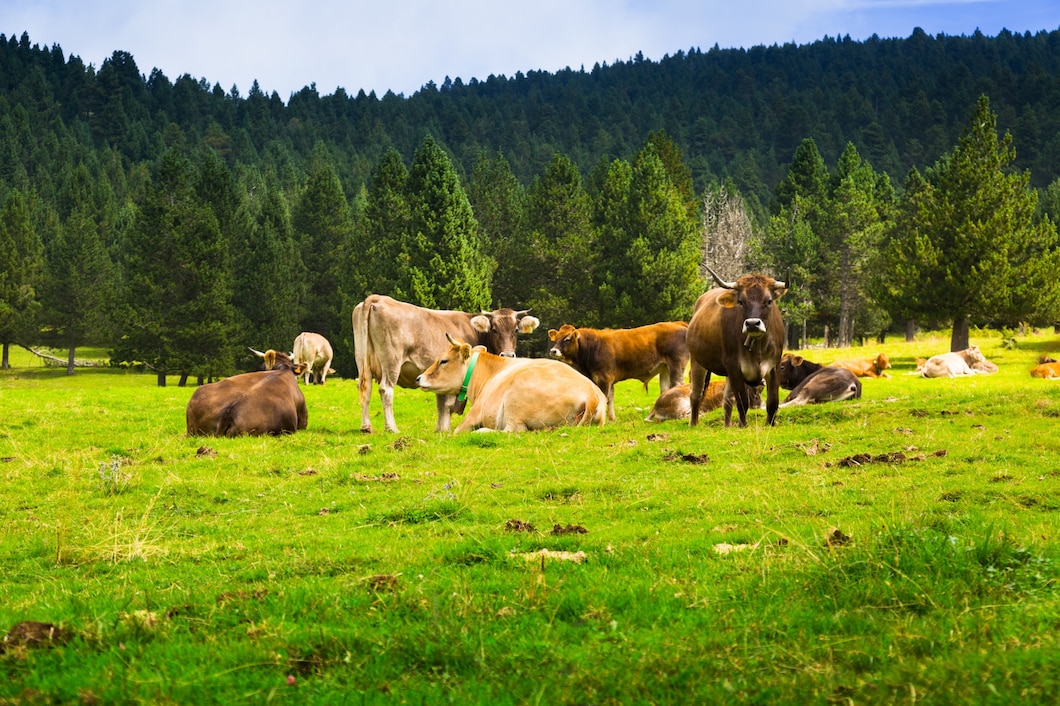

5. Heat Or Cold
Sunburn, heat stroke, dehydration, or hypothermia are injuries brought on by extreme weather. Provide workers with a proper ventilation system, cooling vests, shade, and enough water to prevent heat-related illnesses. In addition, workers should layer their clothing, wear helmets, gloves, and heat packs to help them warm up more quickly, sip hot beverages, and take regular breaks indoors to avoid being too chilled.
6. Falls
Farmworkers frequently have to climb to significant heights to complete their tasks, whether to perform tree surgery, stand on silos, or scale barns. Unfortunately, this implies that falls from great heights are among the most frequent farming accidents. These falls can cause employees to sustain catastrophic injuries like shattered bones and traumatic brain damage.
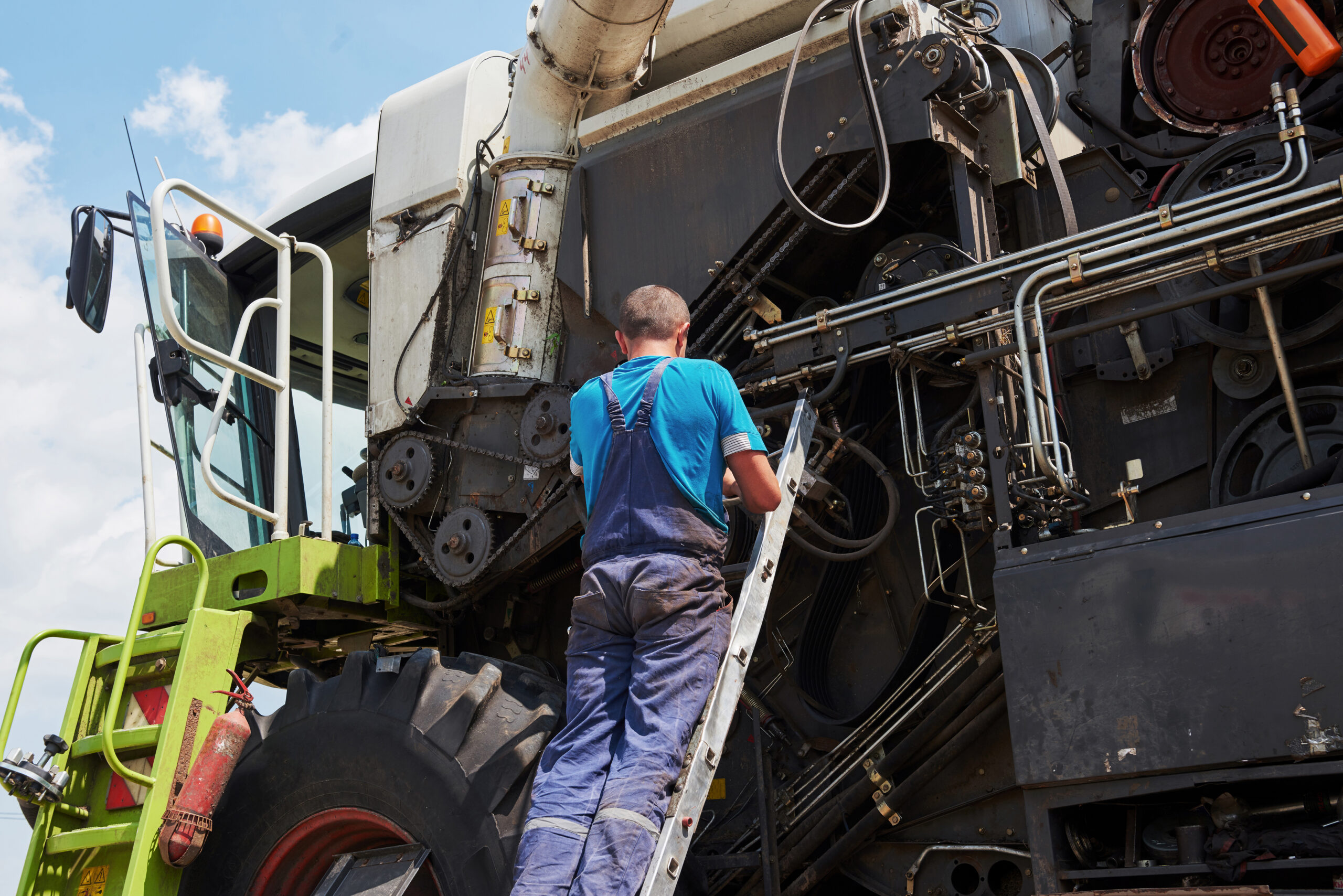
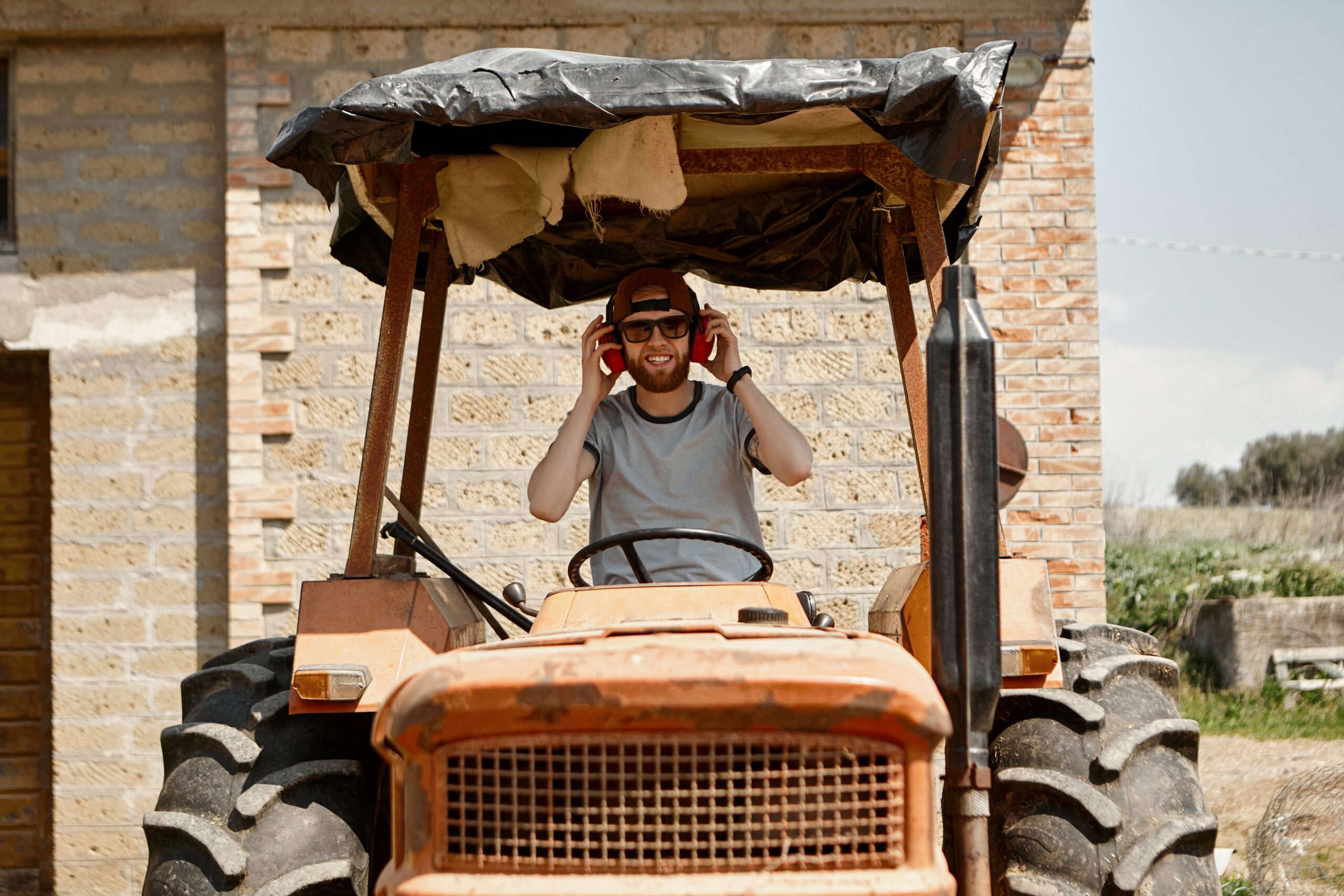
7. Loss Of Hearing
The programme for the safety of farm workers includes preventing hearing loss. Therefore, if noise levels at work exceed the safe exposure limit, workers need to be aware of this. They can utilise sound metres and noise monitors to gauge the noise level.
The personnel must wear earplugs or ear muffs when the noise exposure level exceeds 85 dB. It is advised to combine these two for enhanced hearing protection when there are excessively loud noise levels. A headband, a behind-the-head or under-the-chin band, a neckband, and certain ear muffs can even be installed on hard hats are all options for ear protection.
8. Electrocution
Contact with an overhead power line is the most frequent cause of electrocution. This can happen if farm machinery strikes lines that are poorly insulated. Even though the equipment’s wires are insulated, wear from the weather may have caused some of them to deteriorate.
Along with interior wiring in farm buildings, faulty wiring, extension cords, and exposed underground power lines are other significant sources of electrocution.

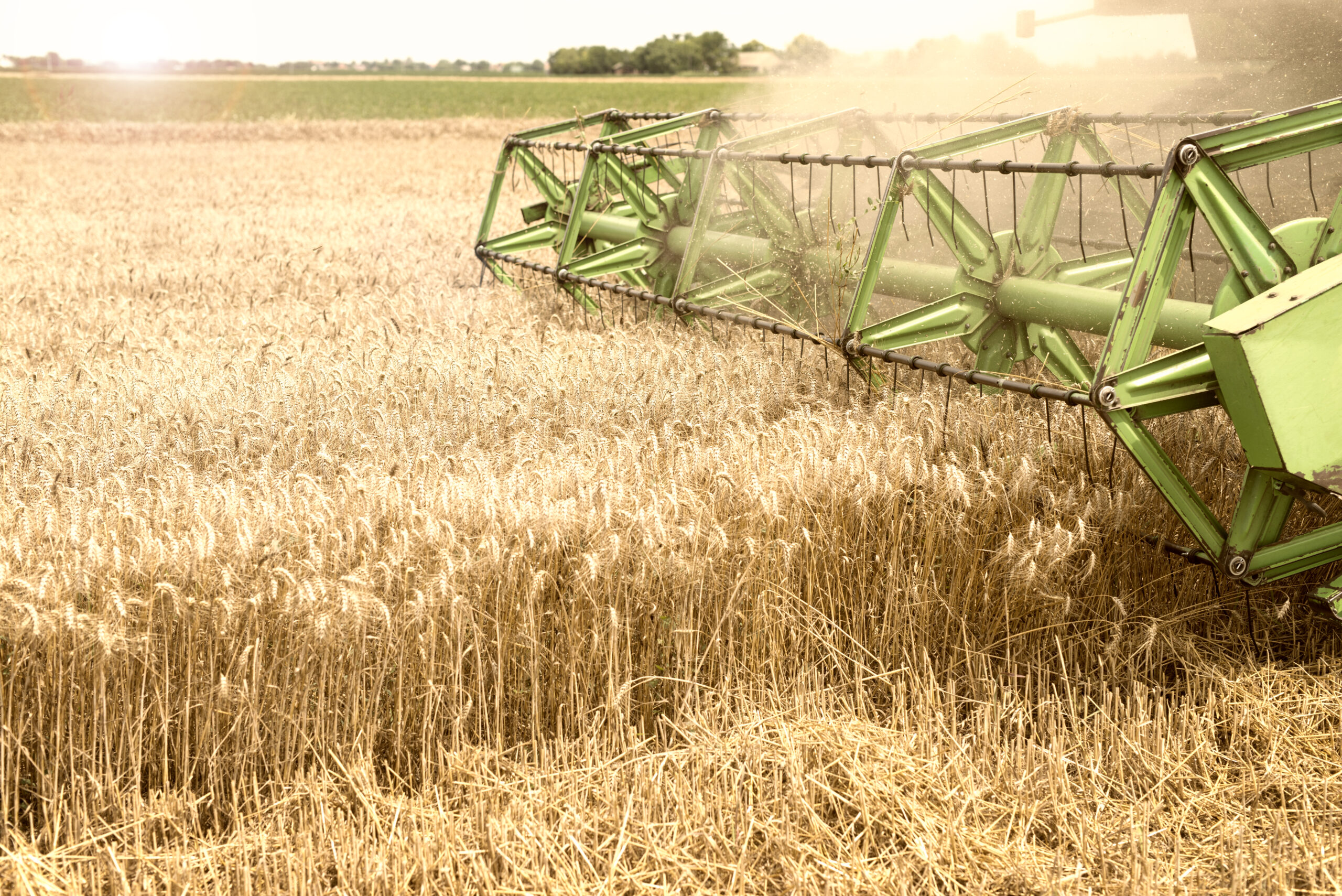
9. Combines & Corn Pickers
A corn picker uses a pronged header to remove the stalks almost to the ground. They are then fed into a combine, husked by enormous, extremely sharp, revolving rollers. Further within the machine, they are transported by a conveyor belt, which discharges them into a moving container.
Because corn stalks tend to clog them when the machine is moving, pickers’ rollers are to blame for many farm worker injuries. As the rollers rotate, workers attempting to remove the stalk risk losing their hands and arms.
10. Suffocation
Suffocation is a serious risk when emptying a silo, grain bin, or grain elevator. A substantial vacuum develops at the grain’s top as the grain is drained. Workers who are sucked down risk running out of air very rapidly.
Regulations on grain handling have been put in place by the Occupational Safety and Health Administration, including bans on “walking down the grain” and hiring personnel to tamp down the material at the top of silos or bins before unloading. However, unfortunately, commercial farms frequently flout these regulations, putting workers in danger of suffocation and other harm.
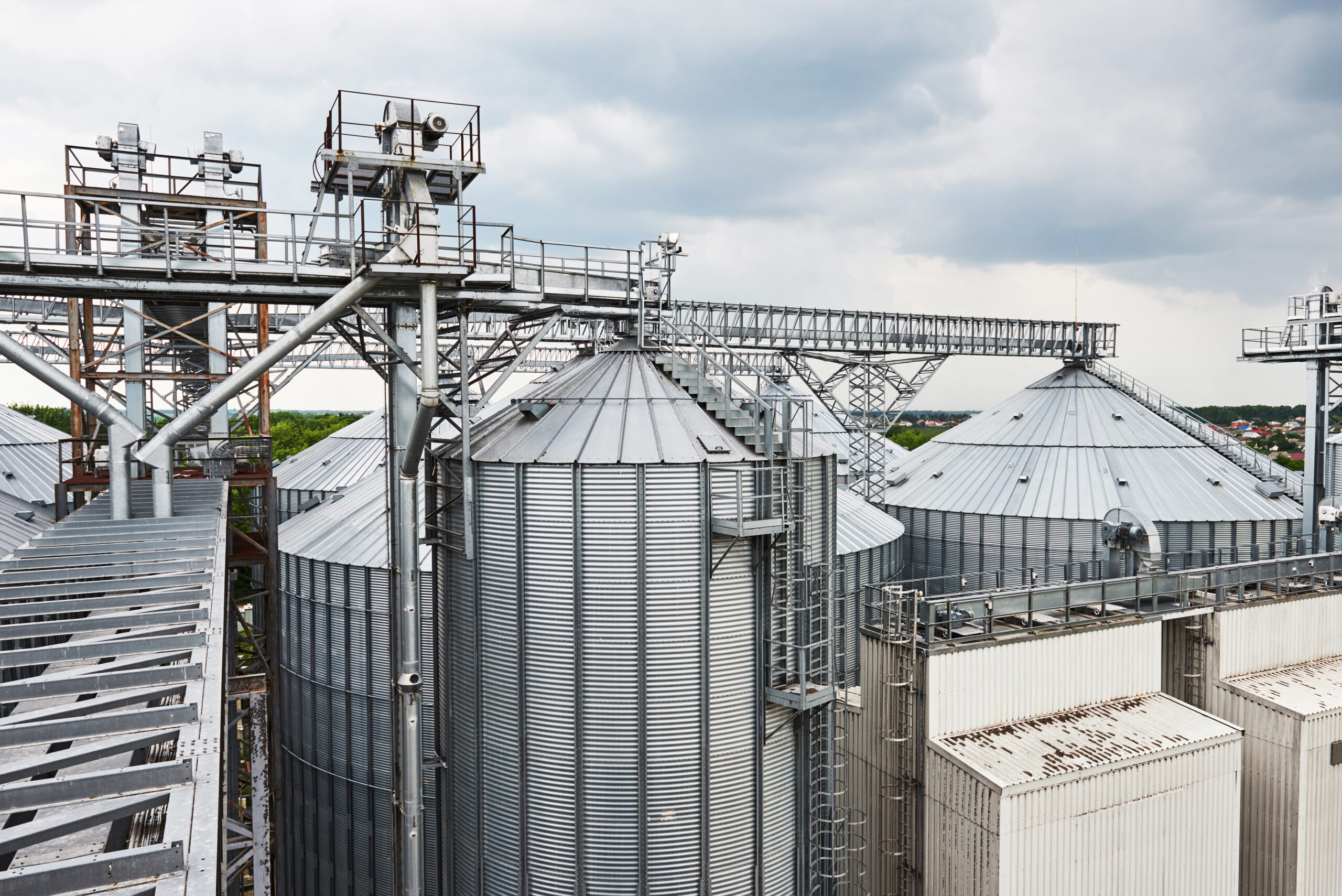
Avoiding Accidents
Although it is impossible to eliminate all known risks in the farm industry, numerous things can be done to reduce many of them significantly. Implementing a management system based on the specifications of ISO 45001:2018 will assist in achieving this goal since many organisations are now concerned with demonstrating their dedication to health and safety.
Contact us today if you would like more information on implementing health and safety risks. We would love to help you!



